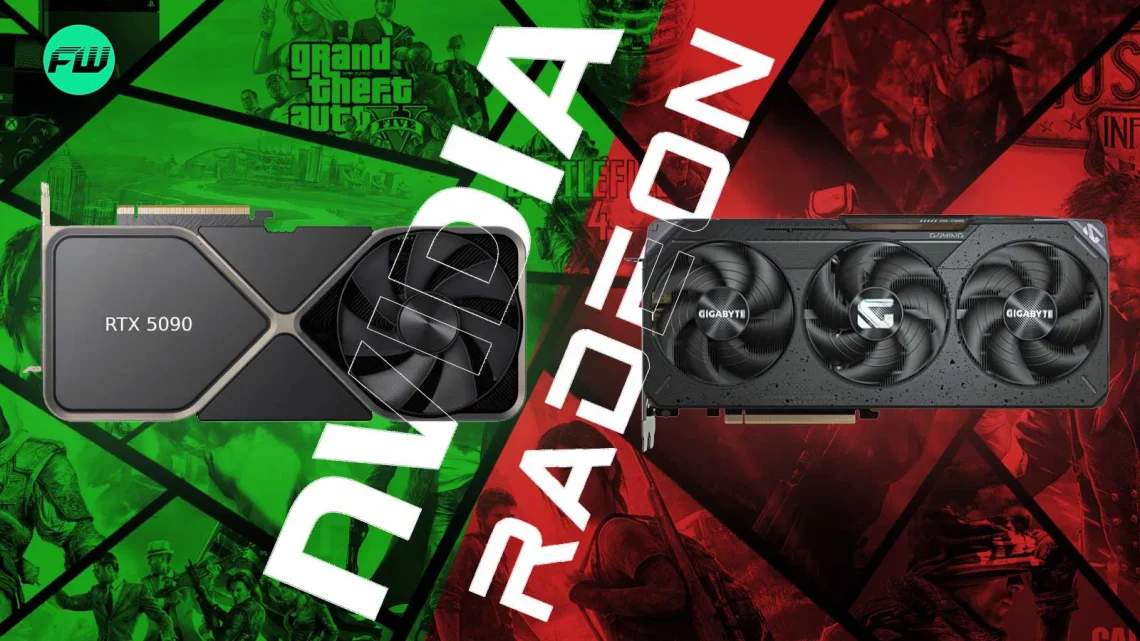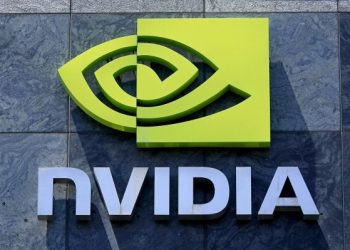Nvidia’s market share gains in the artificial intelligence (AI) accelerator market continue to trounce the competition.
Over the last two years, semiconductor powerhouse Nvidia has emerged as the biggest force driving the AI revolution. The company’s industry-leading graphics processing units (GPUs) and CUDA software platform have helped Nvidia build a huge lead over its rivals.
While Advanced Micro Devices (AMD) has carved out an impressive space for itself in the AI data center world, recent reports show it is still far behind Nvidia.
Let’s look at why Nvidia has pulled so far ahead of AMD, and whether the chip giant has just made its checkmate move against its top competitor.
Nvidia Continues to Dominate the Competition
During the early phase of the AI boom, Nvidia benefited from being first to market with GPUs optimized for AI workloads. While a first-mover advantage can help companies grow faster and form partnerships, it doesn’t guarantee a permanent lead.
But in Nvidia’s case, trends suggest its advantage over AMD is only getting larger. Beth Kindig, a technology research analyst and CEO of I/O Fund, recently shared data from SemiAnalysis showing Nvidia’s market share in AI accelerators increased by about two points in the first quarter of the year, rising to nearly 88%. In contrast, AMD’s share slipped by roughly one point, to just 4%.
Why These Trends Could Spell Trouble for AMD
AMD’s data center segment is its fastest-growing and most profitable business. However, first-quarter results showed revenue in this segment shrank by 5% compared to the previous quarter.
There are a few possible reasons. The semiconductor industry is cyclical, which makes quarterly results volatile. Also, AMD’s latest accelerator architectures are due to ship later this year. That timeline might explain why some customers are waiting.
Still, this argument is hard to accept when Nvidia was able to grow its share even as AMD’s declined. AI developers rushed to buy Nvidia’s latest Blackwell chips, and the combination of industry cycles or upcoming AMD releases didn’t stop them.
Longer term, these dynamics could be bad news for AMD. Despite winning big-name customers like Oracle, Meta Platforms, and Microsoft, AMD’s innovations haven’t been enough to catch up to Nvidia.
Is This a Checkmate Move by Nvidia?
So far in 2025, AMD shares have climbed about 18%, slightly ahead of Nvidia’s gains. But it’s hard to justify AMD’s stronger stock performance, given its shrinking market share and slowing growth.
While AMD’s growth could rebound when it launches new chips later this year, it will still be difficult to reclaim momentum. Nvidia also has new architectures on the way, which could further cement its leadership.
For now, Nvidia may have put AMD in a checkmate position. These numbers suggest Nvidia will remain the dominant player in AI data center chips and could be entering another sustained period of growth.
Other News:
Tech Soft 3D Joins AOUSD, Expands NVIDIA OpenUSD Support
Anna Wintour Steps Down as Vogue Editor-in-Chief








